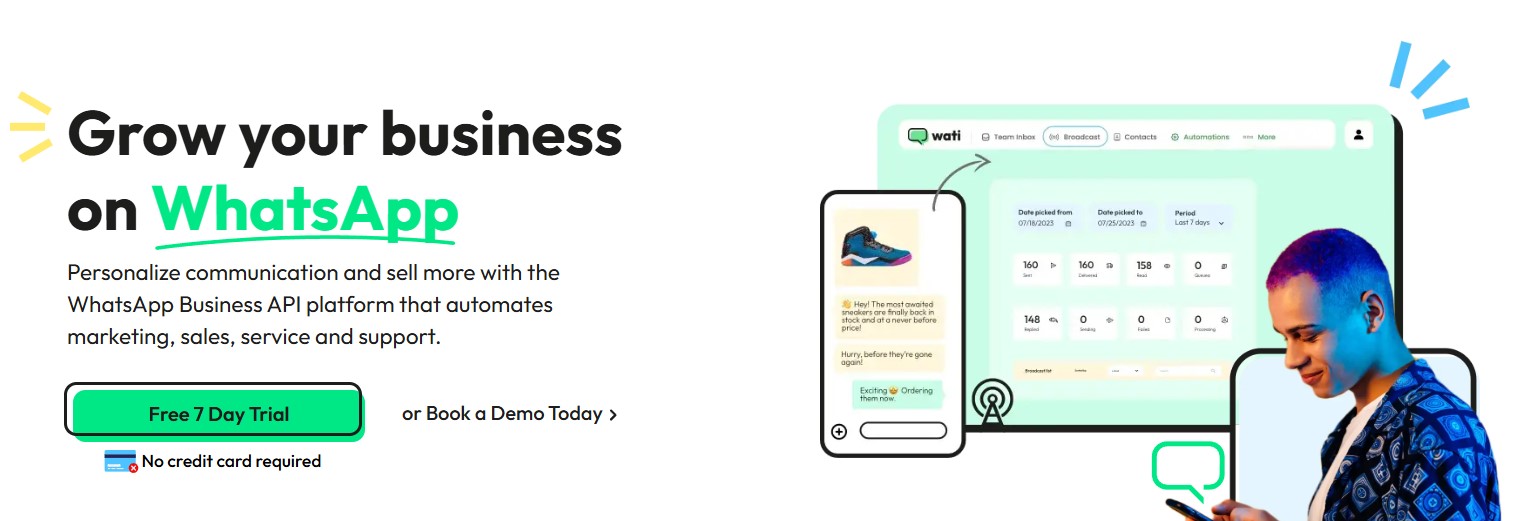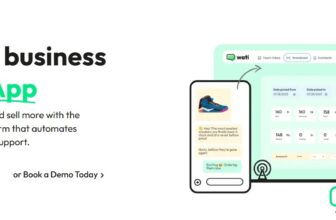Mastering Customer Satisfaction Surveys: A Comprehensive Guide for Modern Businesses

Introduction: The Power of Customer Feedback
In today’s hyper-competitive business landscape, understanding your customers isn’t just an advantage—it’s a necessity. Customer satisfaction surveys are the bridge between your company’s perception and your customers’ real experiences. They provide invaluable insights that can transform your products, services, and overall customer experience.
Why Customer Satisfaction Surveys Matter
Customer feedback is the lifeblood of business improvement. These surveys offer:
- Direct insights into customer sentiment
- Measurable metrics for tracking performance
- Early warning systems for potential issues
- Data-driven strategies for enhancement
Types of Customer Satisfaction Survey Questions
1. Rating Scale Questions
Rating scales provide quantifiable data about customer experiences. These questions typically use a 1-5 or 1-10 scale.
Examples:
- “How satisfied are you with our product?” (1 = Very Dissatisfied, 5 = Very Satisfied)
- “How likely are you to recommend us to a friend?” (Net Promoter Score format)
2. Multiple Choice Questions
These questions help categorize feedback and provide structured insights.
Examples:
- “What best describes your experience with our customer service?”
- Excellent
- Good
- Average
- Poor
- Very Poor
3. Open-Ended Questions
These questions invite detailed, qualitative feedback that rating scales can’t capture.
Examples:
- “What specific improvements would you like to see in our product?”
- “Can you describe a recent experience with our team?”
Designing Engaging Surveys: Gamification Strategies
Make Surveys Interactive
- Use progress bars to show survey completion
- Implement dynamic question branching
- Add visual elements and friendly language
- Offer instant feedback or results visualization
Incentivization Techniques
- Provide discounts or credits for completed surveys
- Enter respondents into prize draws
- Offer loyalty points
- Show real-time impact of their feedback
Best Practices for Survey Design
1. Keep It Concise
- Limit surveys to 5-7 minutes
- Focus on quality over quantity of questions
- Prioritize most critical insights
2. Ensure Mobile Compatibility
- Design responsive survey layouts
- Use large, easy-to-tap buttons
- Minimize scrolling
3. Timing is Everything
- Send surveys immediately after a transaction
- Follow up after customer service interactions
- Conduct periodic comprehensive surveys
Analyzing Survey Results
Quantitative Analysis
- Calculate average satisfaction scores
- Track Net Promoter Score (NPS)
- Compare results across different periods
Qualitative Insights
- Use text analysis tools
- Look for recurring themes in open-ended responses
- Categorize feedback into actionable insights
Tools for Survey Creation and Analysis
Survey Platforms
- SurveyMonkey
- Typeform
- Google Forms
- Qualtrics
Analysis Tools
- Excel
- Tableau
- Google Sheets
- Power BI
Common Mistakes to Avoid
- Asking leading questions
- Making surveys too long
- Neglecting to act on feedback
- Failing to communicate survey results
Conclusion: Turning Feedback into Growth
Customer satisfaction surveys are more than just questionnaires—they’re strategic tools for continuous improvement. By implementing thoughtful, engaging surveys, businesses can:
- Understand customer needs
- Identify improvement areas
- Build stronger customer relationships
- Drive sustainable growth
Call to Action
Ready to transform your customer feedback strategy? With over 14 years of experience in customer service, we specialize in creating customized feedback surveys tailored to your business needs. Contact us today to get started!




